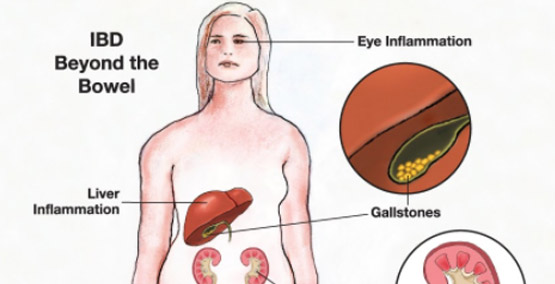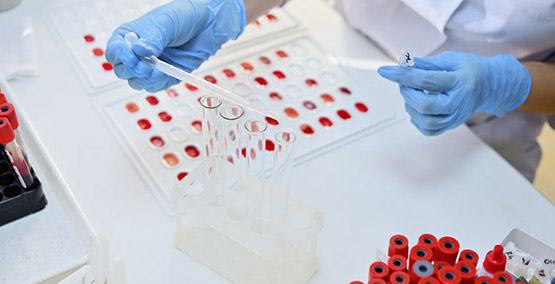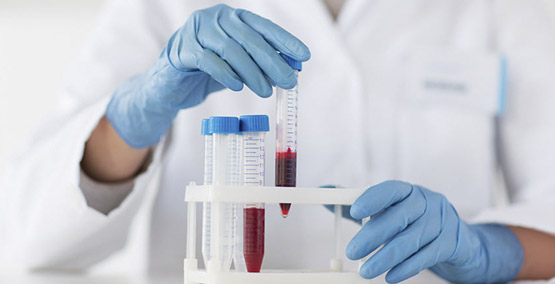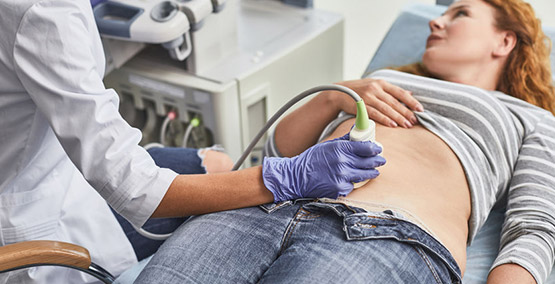
RISKS OF CT SCANS

Natalie Hill grew up in Atlanta...
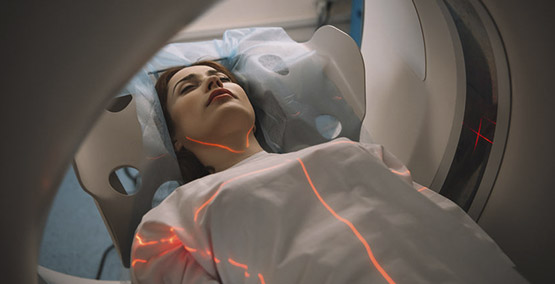
No doubt, you've heard of CT or CAT scans. CT stands for computed tomography and CAT stands for computerized axial tomography. These are different names for the super-x-rays that were developed in the 1970s to increase the detail and precision of what can be seen inside the body. As a result, they are frequently used in IBD (inflammatory bowel disease) to evaluate the intestine and the surrounding tissue for strictures, fistulas and abscesses as well as for other problems that can arise in the kidney, liver and gallbladder.
The trade off is that CT scans create more radiation exposure than routine x-rays. And that radiation exposure adds up with the more tests adding further to someone's total radiation exposure. In IBD, the number of x-rays and CT scans can be a lot over the years. The need to understand whether complications are developing requires testing either with colonoscopy or CT scans. And it's the scans that, at least in the past, have been more helpful, particularly in Crohn's disease, because the small intestine and internal structures can't be seen with colonoscopy.
Radiation Risk
The radiation from CTs and other x-rays can
- Cause damage to a growing fetus
- Contribute to cancer risk
That's why pregnancy tests are usually required for women who are of child-bearing age before any x-ray is performed.
As far as cancer risk, there's several things to know
- Abdominal CT scans can give off as much radiation as 20-200 chest x-rays
- It can take 5-60 years for the cancers to develop, so it's hard to know whether CT scans were responsible, as part of the cause.
- But the overall risk is still small. The extra risk of developing a deadly cancer from a CT scan is 1 in 2000 (compared to the US lifetime risk of dying from cancer of 1 in 5).
- Each additional CT scan adds 16% more risk
- The dose should be adjusted for body size.
- MRIs are now available that can often scan the same areas with equal or greater accuracy. These use magnets and radio waves to create the images, so they have no radiation, but not every can have them
Children Have Increased Risk
- Children are more sensitive because their growth results from cells that dividing more rapidly than those of adults and because they live longer so it gives the cancers additional time to develop.
- The risks again are small –about 1 additional case of cancer for every 1,000-10,000 scans. But they are cumulative (adding up with each CT scan)
- Children can receive adult size doses of radiation at adult hospitals.
- CT scans at children's hospitals and some adult hospitals have converted to low dose radiation for children.
Bottom Line
- CT scans are useful tools, but they carry a significant radiation risk
- CT scans can contribute to the development of cancer over time and they can cause damage to unborn babies.
- Low dose CT scans are available and should be adjusted for body size (height and thinness)
- MRIs may provide the same information without radiation, but they cannot be used for everyone.
This article, as well as all others, was reviewed and edited by a member of our Medical Advisory Board.
Subscribe Be the first to know


